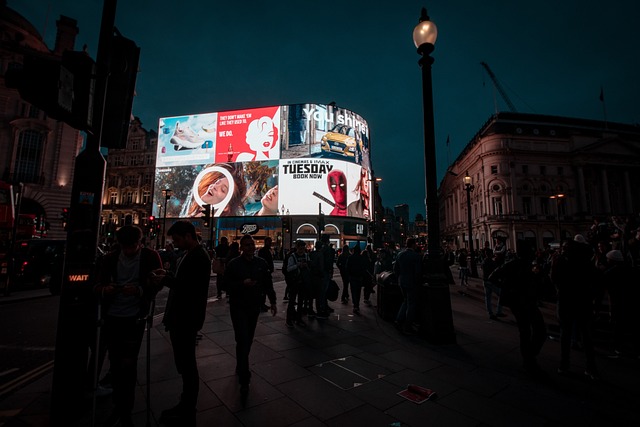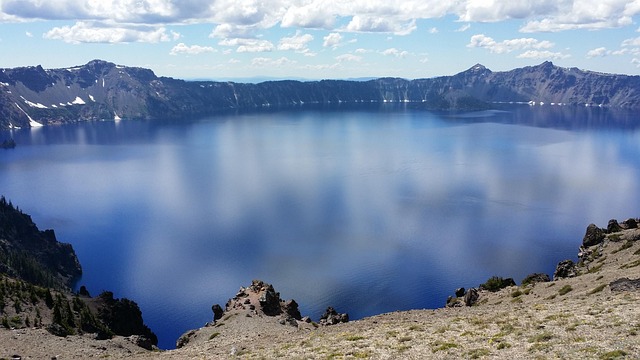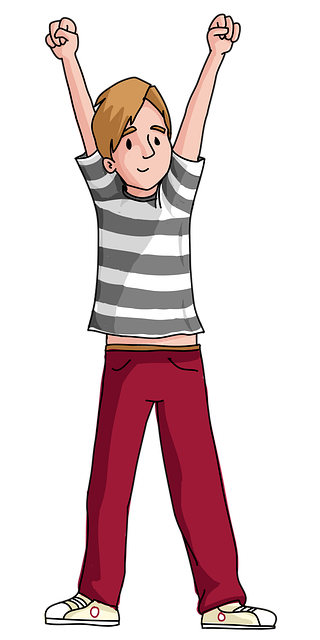Reverse image search technology has revolutionized information retrieval from unknown images, including finding individuals by their emails. It analyzes visual data, breaks it down into searchable elements, and compares it against online databases using advanced algorithms to detect patterns, colors, textures, and faces. This powerful tool allows for exposure of hidden details like full names, locations, and associated accounts, aiding investigators, researchers, and individuals verifying identities or reconnecting with old friends. To conduct a reverse image search, upload the photo to platforms like Google Images or TinEye, which scan their extensive databases for similar images and potential matches. This method is highly effective for tracking down contact information, such as emails, or finding long-lost friends through profile pictures. However, ethical considerations regarding privacy, copyright, and data protection are crucial when using these tools to ensure responsible and respectful usage.
In today’s digital age, tracking down information about an individual based on a photo has become surprisingly accessible. Reverse image search technology allows you to uncover hidden details about a person simply by uploading or sharing their visual profile. This comprehensive guide explores how to leverage this powerful tool for verification and discovery, from understanding the mechanics to navigating privacy issues. Learn effective strategies for finding individuals using reverse image search, even when you only have their email.
- Understanding Reverse Image Search Technology
- How to Conduct a Reverse Image Search
- Finding Information and Verifying Identities
- Legal Considerations and Privacy Concerns
- Tools and Applications for Reverse Image Search
Understanding Reverse Image Search Technology

Reverse image search technology has revolutionized the way we uncover information about unknown images and individuals. This powerful tool works by analyzing the visual content of a photo, breaking it down into digital data, and then comparing it to vast online databases. The process involves advanced algorithms that identify patterns, colors, textures, and even faces within the image, allowing for accurate matching with similar or identical visuals.
One of its most intriguing applications is in helping people find someone by email. By uploading an image captured from a social media profile or any other source, users can uncover hidden details about the individual, such as their full name, location, and associated online accounts. This technology has proven invaluable for investigators, researchers, and individuals seeking to verify identities or reconnect with long-lost friends, making it an indispensable tool in today’s digital age.
How to Conduct a Reverse Image Search

To conduct a reverse image search, start by gathering the photo you want to verify or identify. Then, upload this image to a reputable reverse image search engine like Google Images or TinEye. These platforms will then scan their vast databases to find similar or matching images. Once processed, these tools provide a list of results with potential matches, often including links to websites where the original image was found. This method can be incredibly useful for verifying identities, finding contact information, such as an email address, or even tracking down long-lost friends by searching for their profile pictures.
Finding Information and Verifying Identities

Reverse image search tools have become powerful allies in the quest to find information and verify identities online. By simply uploading or inputting an image, users can uncover a wealth of details that might otherwise be hidden. This process is particularly useful when trying to find someone by email, as it allows for a more comprehensive understanding of an individual’s digital footprint.
For instance, these tools can provide insights into the person’s online activities, social media presence, and even previous employment or education. By cross-referencing visual data with search algorithms, you can validate information, confirm identities, and gain access to hidden profiles or accounts. This is especially valuable for investigators, researchers, or anyone seeking to establish a person’s background or uncover their digital secrets.
Legal Considerations and Privacy Concerns

When utilizing reverse image search tools to uncover information about an individual, it’s crucial to navigate legal considerations and privacy concerns. While these technologies offer a convenient way to find someone by email or other identifying details, they also raise important questions about data privacy and copyright. Users must respect the rights of individuals and organizations associated with the images being searched. Unauthorized use of personal or proprietary content can result in legal repercussions. It’s essential to understand that not all images available online are publicly accessible, and some may be protected by copyright laws.
Privacy is another significant aspect to consider. Reverse image search results might include sensitive personal information, such as addresses, social media profiles, or even employment details. Before making any assumptions or taking actions based on these findings, it’s vital to verify the accuracy of the data and respect the privacy boundaries of others. Users should also be aware that some individuals may not wish to be found through such methods, so ethical usage and consent are key principles to uphold.
Tools and Applications for Reverse Image Search

Tools and Applications for Reverse Image Search play a pivotal role in helping individuals uncover valuable information about unknown images or photographs. These cutting-edge technologies enable users to search visual content by uploading an image or providing its URL, with the aim of finding relevant details such as the source, ownership, or even personal data associated with it.
Popular platforms like Google Images, TinEye, and Bing offer robust reverse image search capabilities. These applications scan vast databases to match the uploaded image with similar visuals, returning a list of results that may include web pages, social media profiles, or other online occurrences of the image. For instance, if you’re trying to find someone by email, a reverse image search can help identify the individual’s online presence, including their social media handles, forums they participate in, and even professional networking sites. This not only aids in verifying identities but also facilitates connecting with individuals across diverse digital platforms.














